Due to rising anti-carbon and anti-nuclear sentiments around the world, countries have embarked on a search for cleaner and more sustainable alternatives, or “renewable energy sources,” as a solution for humankind’s ever-growing hunger for electricity. Renewable energy is the concept of converting natural resources such as tide, wind, sunlight and geoheat into electricity through processes that put little or no exhaust or pollution into the environment. In addition, the recurring nature of these energy sources provides humanity with an unlimited supply.
People have found ways to use a wide variety of renewable energy sources, and depending on the prevailing natural conditions, the ideal source of renewable energy may vary in different parts of the world. Today, the most popular forms of renewable energy are solar power, wind power, hydroelectricity, geothermal energy, and biofuel.
Solar Power / Photovoltaic
Solar power involves collecting radiation emitted from the sun and converting it into a form of electricity that can be connected to the power grid. Solar power equipment can be placed in wide, open areas such as farms and on top of factory roofs to generate electricity while also providing heat insulation and reducing energy consumption for buildings.
EnBW’s solar power development first began in Germany in 2008. The company has completed nine solar power plants in Germany to date, and is planning to construct Germany’s first market-priced, open-competition and subsidy-free solar power plant – Weesow- Willmersdorf – this year. Once activated, the new solar power plant is estimated to supply power for 50,000 households nationwide and reduce CO2 emissions by 125,000 tonnes worldwide.
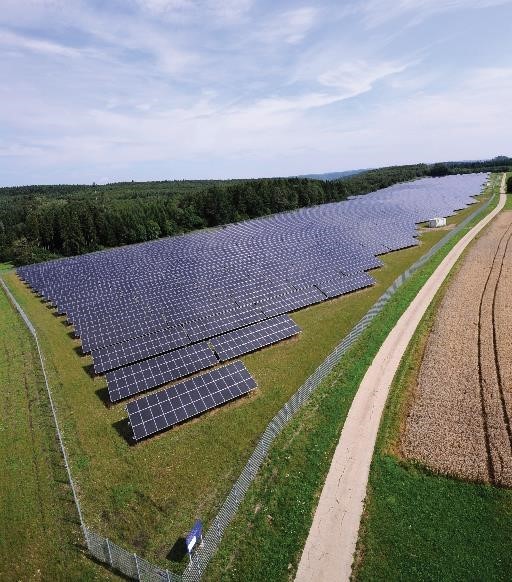
EnBW solar power plant – Leibertingen (source: EnBW)
Wind Power
Wind power uses the wind to push turbine blades, which drive generators to generate electricity. Wind turbines can be divided into two categories: onshore and offshore, depending on where they are installed.
Onshore Wind Power
Onshore wind turbines are mostly installed in coastal areas and plains where the terrain is relatively flat and free of obstruction. As technology evolves, the cost of wind power has dropped substantially, making it a very financially competitive renewable energy source.
EnBW has established onshore wind farms near many cities in Germany to deliver an aggregate capacity of about 470MW (2017). In addition to building new wind turbines in Germany, EnBW is also seeking to expand renewable energy services into Sweden and Turkey.
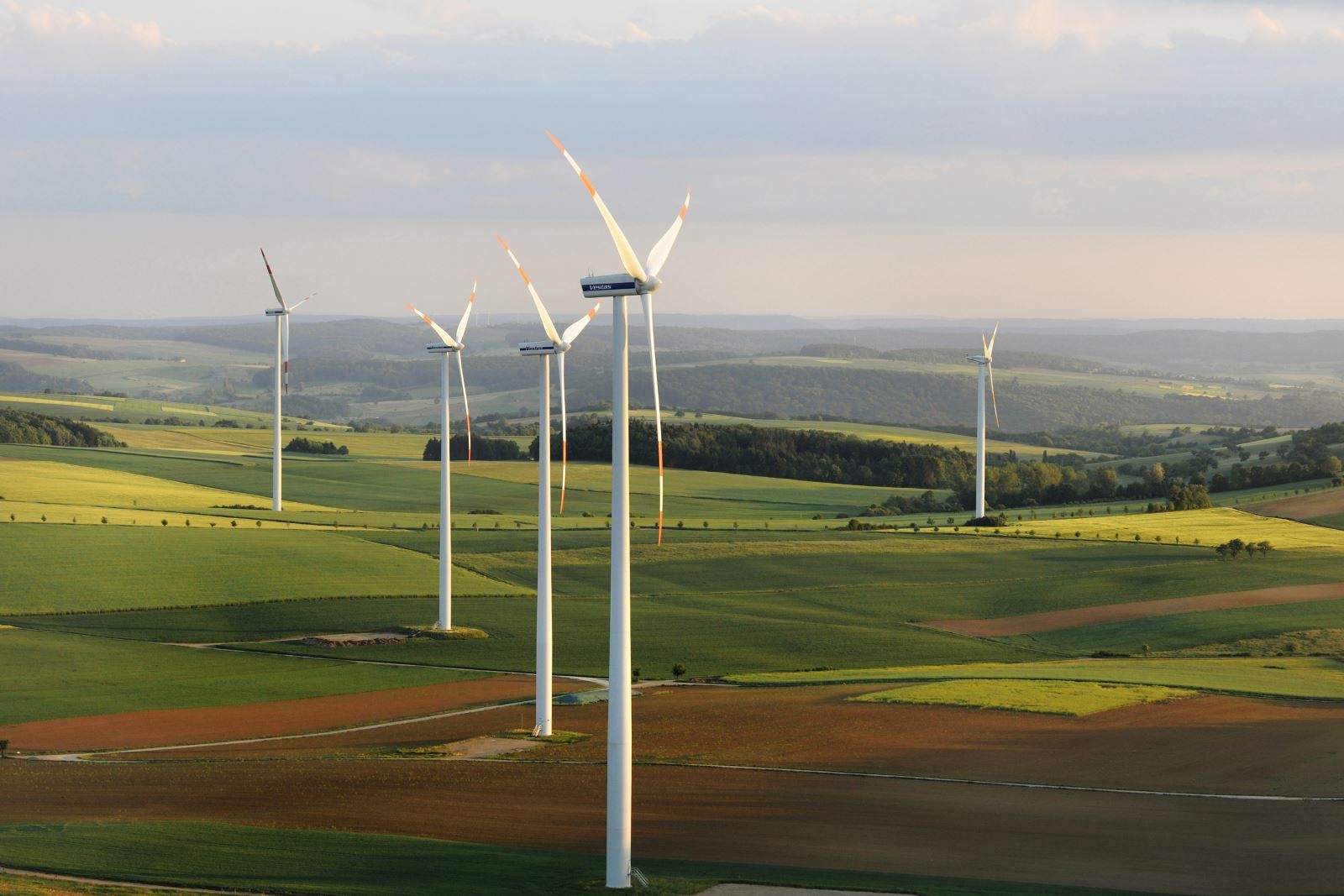
EnBW’s onshore wind farm located in Eisenach (source: EnBW)
Offshore Wind Power
Offshore wind power, which involves the construction of wind turbines at sea, has been one of the fastest growing forms of renewable energy in recent years. Offshore wind farms offer higher power capacity than their onshore counterparts due to the stronger winds at sea and lower disturbance to nearby residents. However, the difficulty of working at sea makes electricity more costly to generate.
In 2011, EnBW constructed Germany’s first commercial offshore wind farm – Baltic 1 in the Baltic Sea, which was followed by Baltic 2 in 2015. By 2018, EnBW had 336MW of offshore wind power capacity in operation, and with two additional wind farms (Hohe See and Albatros) commencing operation in the North Sea, EnBW expects to supply power to 710,000 German households by the end of 2019. Having foreseen Taiwan’s ideal potential for offshore wind farm development, EnBW joined SWE and Macquarie Capital in investing in Formosa III and aims to stand out among the competition in phase 3 of Taiwan’s offshore wind power development.

EnBW’s offshore wind farm – Baltic 1 located in the Baltic Sea (source: EnBW)
Hydroelectric Power
Hydroelectric power seeks to turn potential energy into electricity, using water current to drive turbines. Humankind has a long history using hydropower to generate electricity, and it is also one of the most popular renewable energy sources to date.
EnBW’s involvement in hydroelectricity dates back more than a hundred years. Currently, the company operates 67 hydroelectricity stations/plants throughout Germany with a total capacity of 2,700MW – 10% of all the energy it generates. EnBW continues to increase its hydroelectric capacity, and once expansion of the Iffezheim hydro plant is completed, EnBW will own one of the largest run-of-river power plants in Europe.
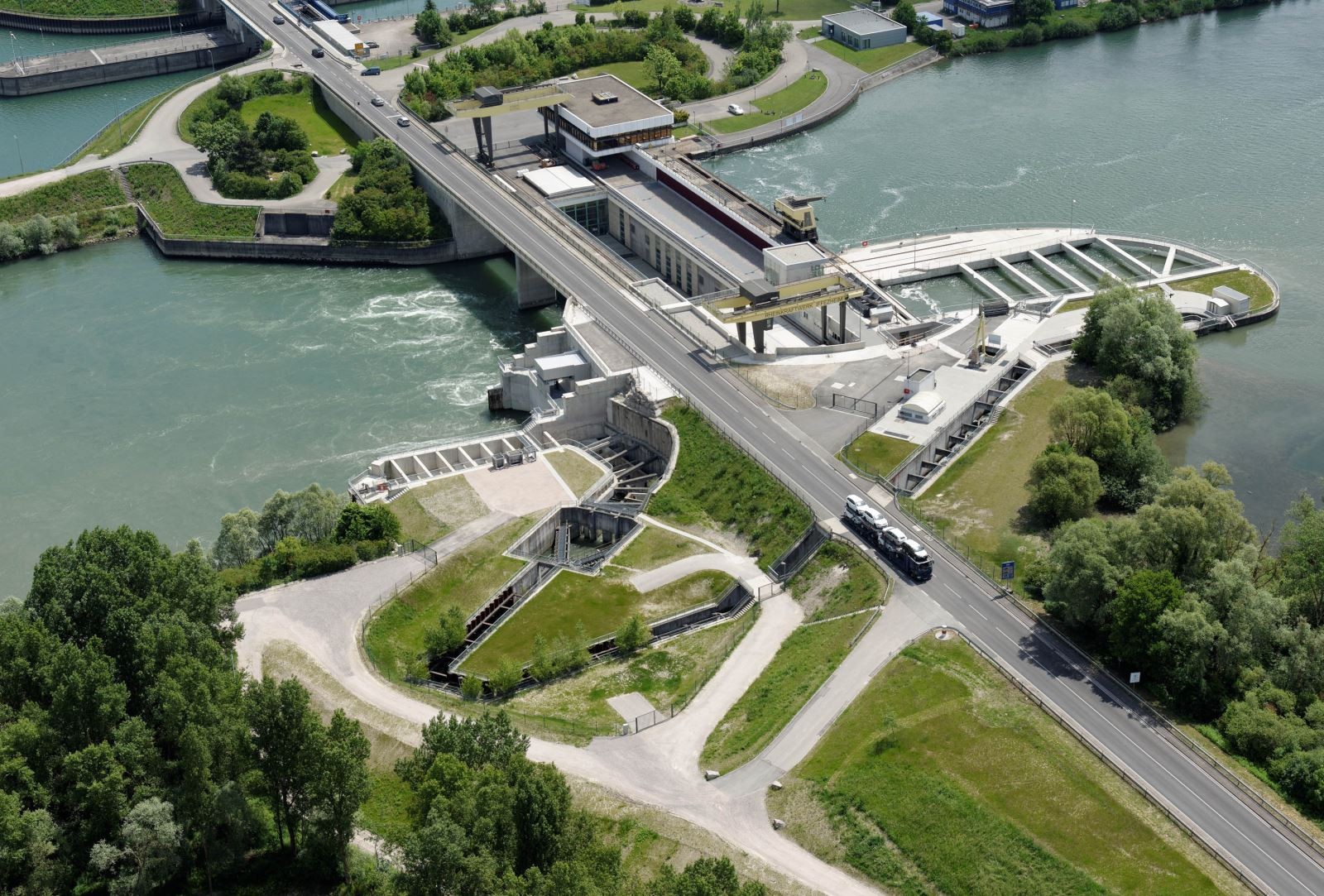
EnBW’s Iffezheim hydro plant (source: EnBW)
Geothermal Energy
Geothermal energy draws heat from magma inside the Earth’s crust and uses it to boil water, which creates steam and drives turbines for power. The difficulties associated with the development of geoheat have limited the scale of production and made it a less popular source of renewable energy.
EnBW began researching geothermal energy in the 1980s and currently owns 2 geothermal plants capable of meeting the annual power requirements of 3,600 households. In addition, EnBW plans to share excess geoheat with residents near the power plants for more efficient use of resources.

Geoheat in power generation (source: Unsplash)
Biomass and Biofuel
Biomass and biofuel comes from converting organic substances such as plants and bio waste into electricity through specialized processes. Unlike fossil fuel, biofuel is a carbon neutral energy source, meaning that its use does not affect the carbon content of the atmosphere. Biogas, for example, is a gas-based biofuel that can be used to generate electricity. Biogas can be created not only in swamps, but also from compost, wastewater, and household waste. For this reason, many landfill sites and animal farms have installed facilities to collect biogas and use it as fuel for heat or power on-site.
In Germany, EnBW is the largest supplier of biofuel in Baden-Württemberg. The company owns 5 biogas plants, with the capacity to supply the annual power consumption of at least 8,000 households.
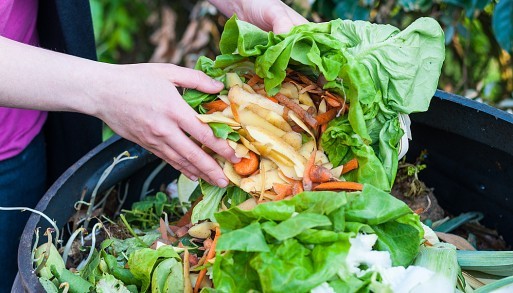
Organic substances such as corn, fruit peels and compost can all be turned into biofuel for electricity. (source: EnBW)
The Immense Potential of Renewable Energy Worldwide
In their “RENEWABLES 2018 GLOBAL STATUS REPORT” published in June 2018, REN21 presented an overview of global renewable energy development for 2017. The report shows renewable energy investments having increased in amount and capacity due to reduced costs of equipment and rising awareness throughout the world. By the end of 2017, renewable energy had accounted for 26.5% of total power capacity. According to the “Renewables 2018 Market Analysis and Forecast Report” published by the International Energy Agency (IEA), renewable energy sources are expected to account for one-third of total power capacity by 2023, indicating significant growth potential on a global scale.
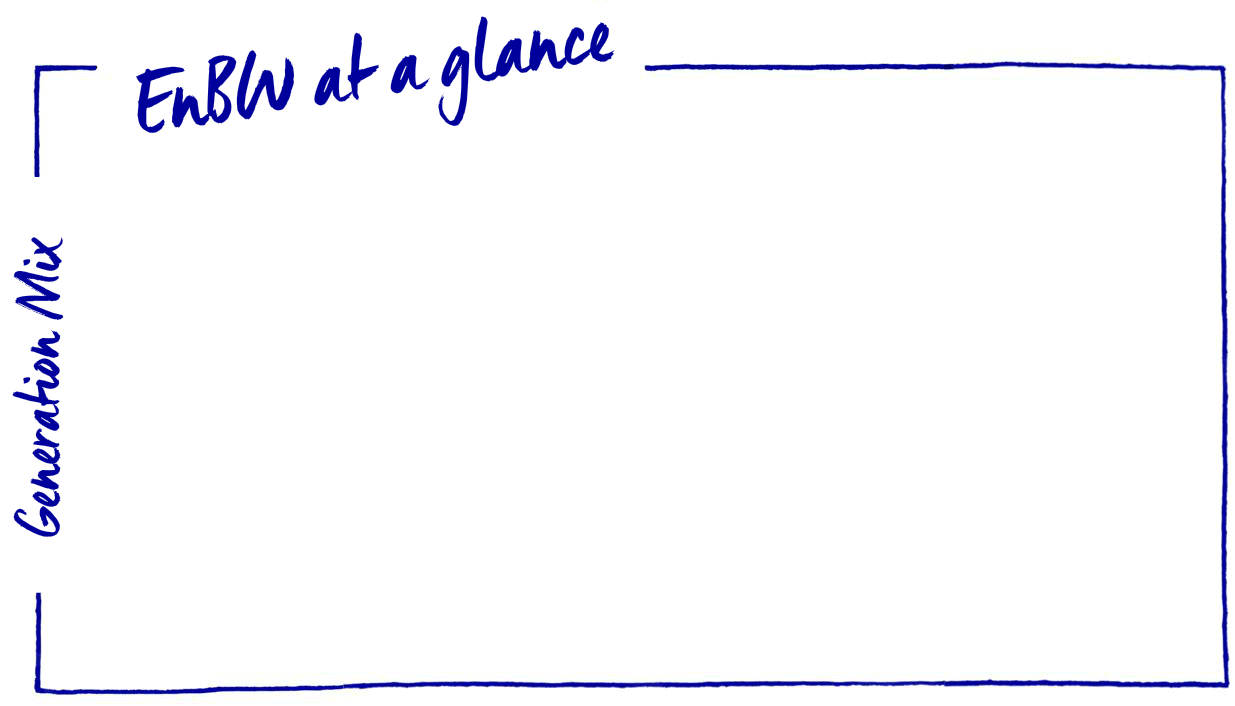
2018 EnBW installed energy output in MW (source: EnBW)
EnBW’s renewable energy goals have been clearly outlined in the “EnBW 2020 Strategy” published in 2013, which involves “increasing renewable energy sources to 40% of total capacity by 2020, and 55%-60% by 2035.” As of the end of 2018, EnBW generates 27.9% of its electricity from renewable energy sources in Germany, including 19% from hydroelectricity, 3% from offshore wind power, 5% from onshore wind power, and 1% from other sources. Because renewable energy sources are highly dependent on changes in the natural environment, EnBW has developed an accurate forecast system to predict and allocate different sources of renewable energy, thereby ensuring the stability of power supplied. As a provider of integrated energy solutions, EnBW not only explores new sources of renewable energy, but is also committed to creating robust power supply systems. Through the use of smart power grids, EnBW is able to ensure the reliability of the connected renewable energy supply and coordinate between various energy sources to ensure stable power supply 24 hours a day, thereby contributing to energy transformation.
